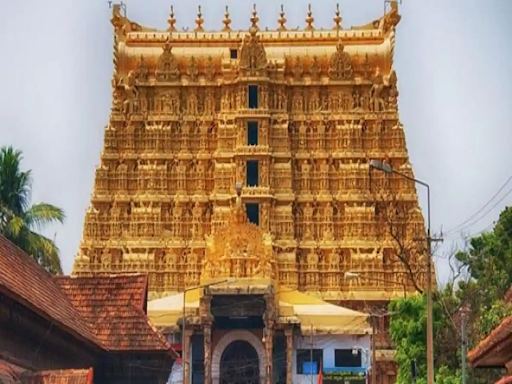Sree Padmanabhaswamy Temple | 23 Sep 2021
Why in News
Recently, the Supreme Court (SC) has declined a plea filed by Sree Padmanabhaswamy Temple Trust seeking to exempt it from the audit of 25 years as ordered by the court last year (2020).
Key Points
- About:
- The Temple has been in the news since 2011 after the discovery of treasure worth over Rs. 1 lakh crore in its underground vaults.
- The SC in 2011 said that, as per customary law, the members of the royal family have the shebait rights even after the death of the last ruler.
- Shebait rights means the right to manage the financial affairs of the deity.
- The Padmanabhaswamy Temple Trust has been created by the former Travancore royal family.
- However, the court directed the setting up of an administrative committee with the Thiruvananthapuram District Judge as its chairperson, for transparent administration of the Temple in the future.
- The trust argues that since it had been constituted (on earlier orders by the court) to oversee rituals of the Temple, with no role in the administration, it is a distinct entity from the temple and could not be included in the call for an audit.
- According to the Administrative Committee, it is in great financial stress and the offerings are not sufficient to meet the expenses, seeking an audit of the temple-related trust run by the Travancore royal family.
- Sree Padmanabhaswamy Temple:

- According to Historians, the temple dates back to the 8th century but the present structure was built in the 18th century by the then Travancore Maharaja Marthanda Varma.
- The temple was initially made of wood but later it was constructed with granite.
- The temple is built in the unique Chera style of architecture, and its main deity is Lord Vishnu who is found in the Anantha Shayana posture (reclined posture of eternal yoga) on Adishesha or king of all serpents.
- It is known to be one of the 108 holy temples associated with Vaishnavism in India.
